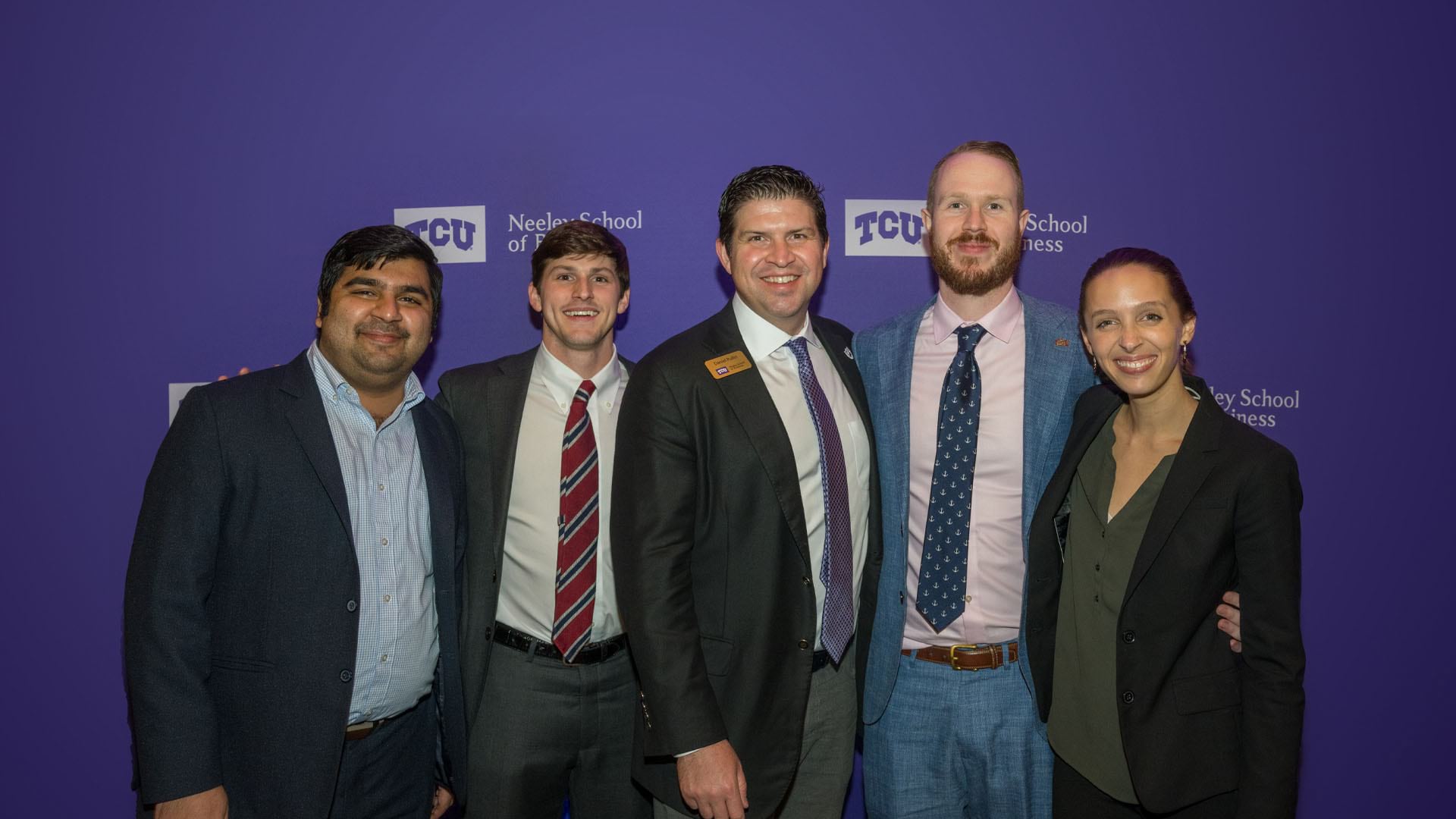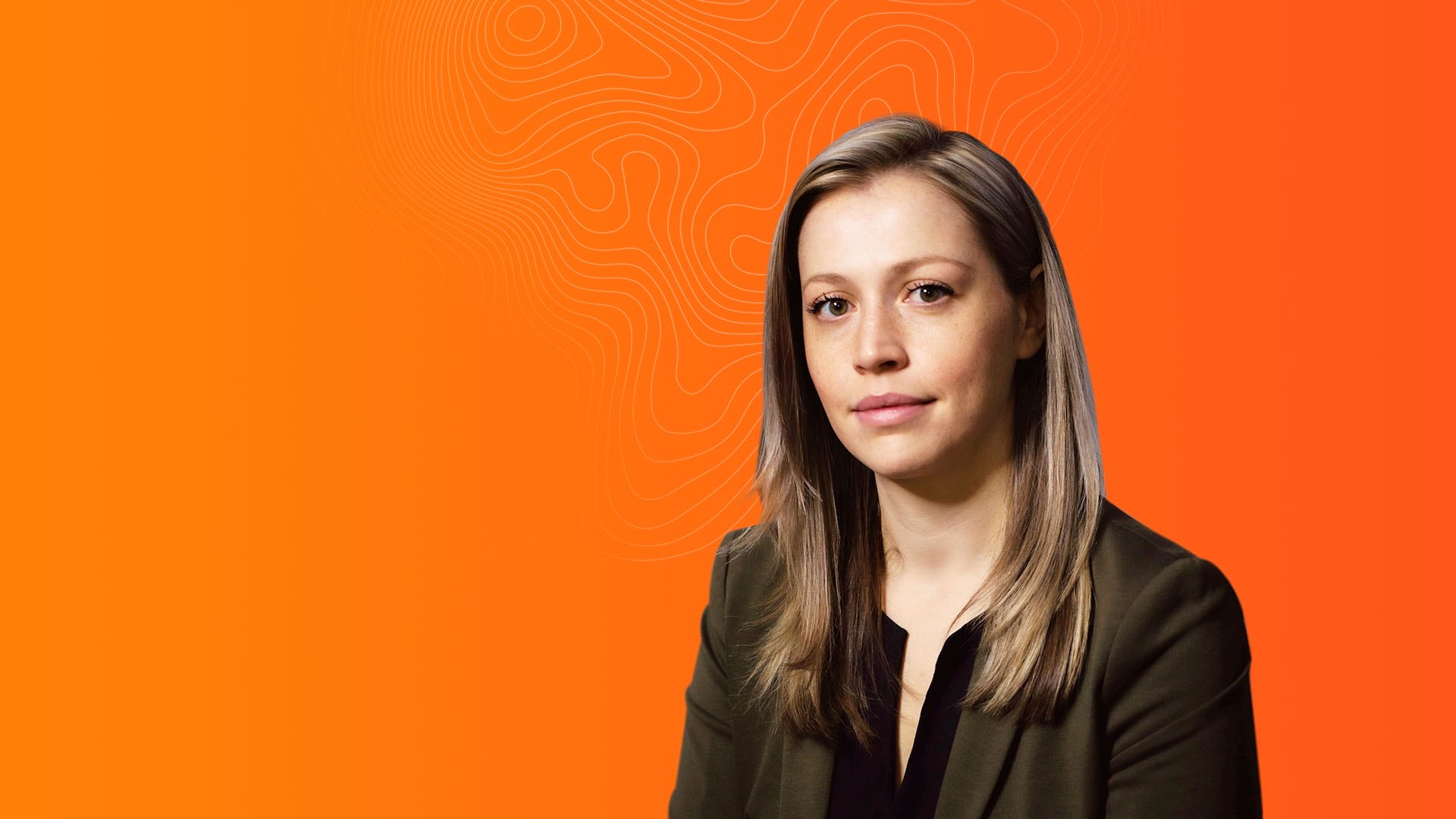Michael Yocius was raised in a family of business and finance professionals, so his decision to study geography in college came as a slight shock. As it turned out, the two fields were closely intertwined.
Yocius could see what others hadn’t fully grasped: that geographic awareness—also known as spatial thinking—is a coveted capability in nearly every business field, from supply chain management to advertising.
Propelled by his education in geographic information system (GIS) technology, Yocius is now an associate channel manager in customer data and analytics at Kohler, a manufacturer and retailer of kitchen and bath products. By day, he supports the Kohler marketing team with location insights about customer demographics that help guide advertising investments. By night, he’s adding business skills to his spatial prowess, studying for his Marquette University MBA with classes on sustainability and risk analysis. The schedule is often a recipe for exhaustion, but it’s giving him the complete picture of how an enterprise functions.
“I just think it’s such a strategic advantage, being able to have a global view of things but also being able to get hyper, hyper local,” Yocius told WhereNext. “And I think the only way to do that is through geospatial.”

Using what I’ve learned from spatial and what I’ve learned from an MBA, we’ve been able to deliver very hyperlocalized experiences. We actively try to listen to the customer and deliver those great experiences.
Wanted: Location Analysts with Business Savvy
Location analysts versed in business operations are versatile problem-solvers. They provide the location data and analysis that leaders ask for, and know how to contextualize the information to illuminate business impacts.
They anticipate what senior managers need and provide maps and dashboards that address core business concerns. An executive might ask to see sales data in a trade area, when they really want to understand the performance of a marketing campaign. Knowing this, a business-savvy GIS analyst can map sales activity before and after recent marketing campaigns, providing location intelligence on their impacts.
Phuoc Pham, an associate professor at West Chester University, has seen the growing demand for graduates who bring spatial awareness to business problems. Several years ago, he began incorporating GIS technology into his supply chain course in the college of business and public management.
At first, he made up supply chain scenarios for his students to solve through location analysis. Soon, companies were sending Pham their own scenarios, leading to an annual competition where business undergrads apply their spatial skills to real-world challenges. Transportation services company Penske asked students to help design trucking routes. A restaurant equipment distributor tasked students with optimizing complex supply chains.
As the GIS case competitions grew in size and scope, companies began offering more prize money—and managers and CXOs started showing up in the audience, scouting for talent.
“If a student is hired by the company, that’s a big advantage [for the organization] because they don’t have to train them,” Pham says. “There’s lower costs and less time needed.”
He recently heard from a student who said the GIS skills Pham taught had helped her land a job—and analyze the flood risk at her new apartment.
How an MBA Can Put GIS Analysts on the Leadership Track
Liz Parrish, a senior manager of geospatial analytics and insights at grocery chain H-E-B, drew on her business and GIS proficiency to create a strategic road map for the program she leads. But she spent years as a GIS analyst before realizing she wanted to focus on strategy.
She considered three paths: a project management professional (PMP) certification, a master’s degree in GIS, or an MBA. After consulting several business mentors, she realized the MBA was a key asset in the leadership roles she hoped to one day fill.
Courses on organizational structure and business information systems at the University of Redlands transformed her perspective on enterprise operations. By understanding the diverse needs and goals across organizational roles, she developed the ability to interpret colleagues’ requests and communicate solutions—bridging the gap between technical expertise and business objectives.
“This is really where I think that intersection of the technical GIS background coupled with an MBA and understanding business at a high level really comes into play and becomes an advantage,” Parrish says. “You need to learn what your stakeholders value, what language they speak, and what level of translation between technical speak and business speak needs to happen to drive them [toward] understanding the value proposition.”
After earning her business degree, Parrish was working as a consultant when she helped a major commercial real estate company develop self-serve maps for thousands of independent brokers. Relying on her location skills and business savvy, she became a liaison between executives and technology leaders.
Through collaborative development of enterprise mapping tools, the GIS department reduced repetitive work requests by over 40 percent. This freed analysts to focus on complex projects and conduct deeper spatial analysis, generating additional value for the company.
Location analysts with business training are able to divine “the need behind the need,” Parrish says. “GIS can help discover the underlying needs and really answer the core questions that are key to decision-making or insights that can support decision-making.”

Professionals who combine spatial and business skills can hone their problem-solving abilities—and fast-track their careers.
Graduating to Spatial Awareness at a Global Scale
For Yocius, the intermingling of business and spatial thinking began before he started his MBA, but it has certainly deepened since.
The graduate business classes at Marquette have helped him apply spatial awareness at a broader scale, a trend he sees in his work with customer segmentation data.
“If we’re able to understand the consumer and we understand who we’re marketing to and who’s purchasing, it could also uncover an operational efficiency—a store that isn’t in the correct location, or a store that’s cannibalizing this particular one,” he explains.
With their business training, Yocius, Parrish, and other analysts see business opportunities in location data that others overlook.
Yocius applies location analysis to business challenges across the enterprise. He’s analyzed the impacts of wildfires on employees and stores, and used GIS to assess Kohler’s water footprint around the world, finding the watersheds with the highest risk.
“Critical wins have come from not only being able to visualize the information, but then being able to explain: What is the potential impact? What is the potential risk?” Yocius explains. “Being able to clearly articulate that definitely resonates with any manager.”
He and other business-minded location analysts may have taken an unexpected career route, but they’ve ended up right where they hoped to be: blending a love for business with a location analyst’s knack for navigating through a challenge.
The Esri Brief
Trending insights from WhereNext and other leading publicationsTrending articles
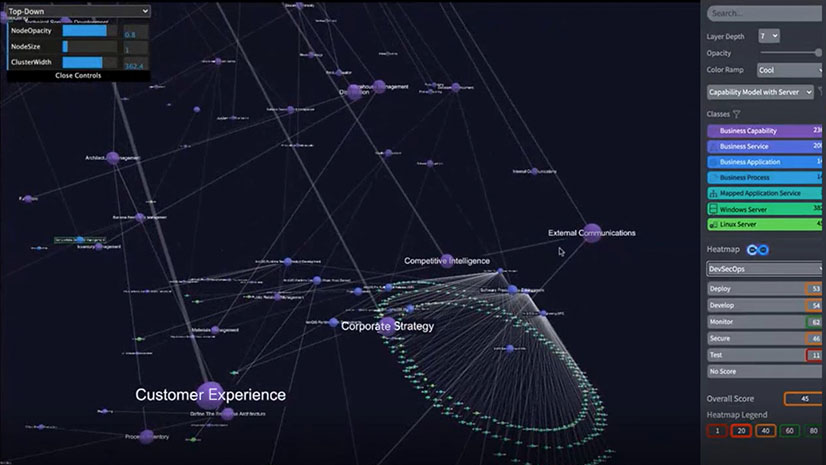
December 5, 2024 |
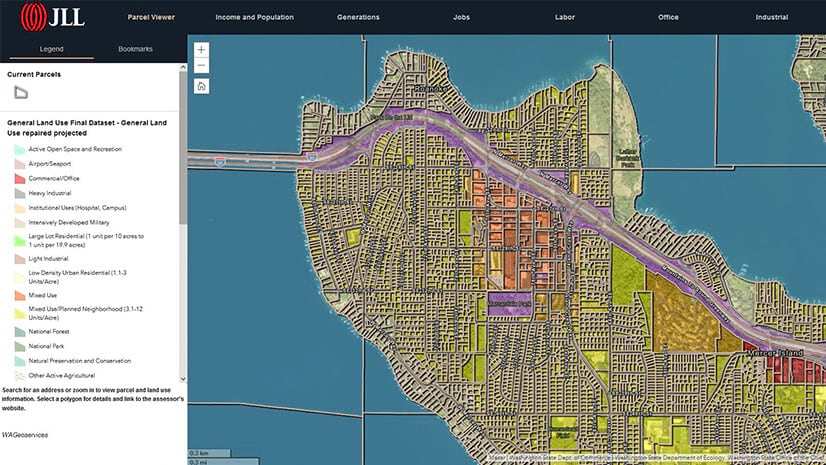
July 25, 2023 |

February 25, 2025 |
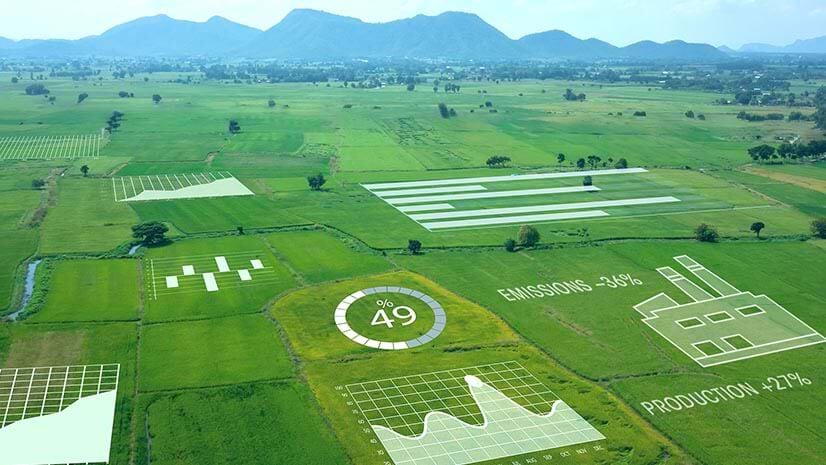
November 25, 2024 |
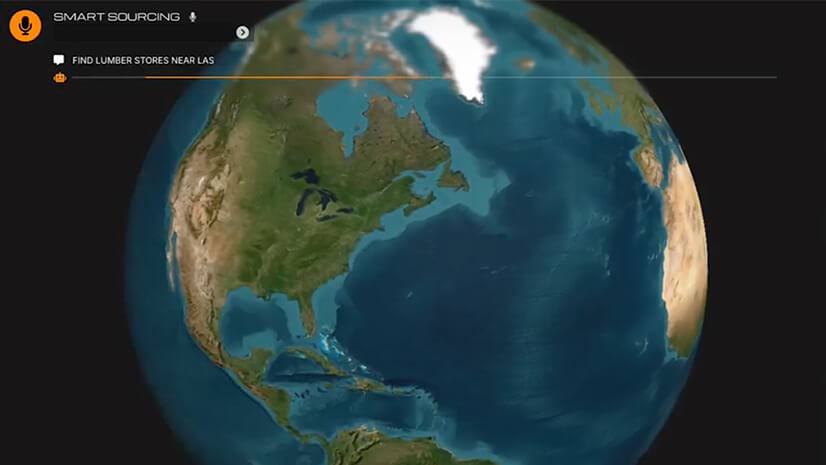
April 1, 2025 |
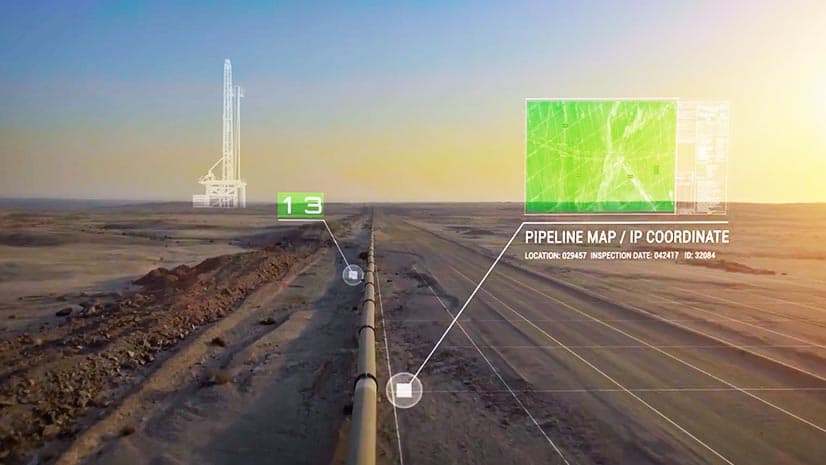
November 12, 2018 |




